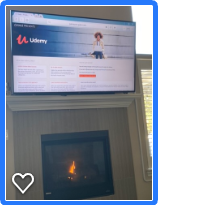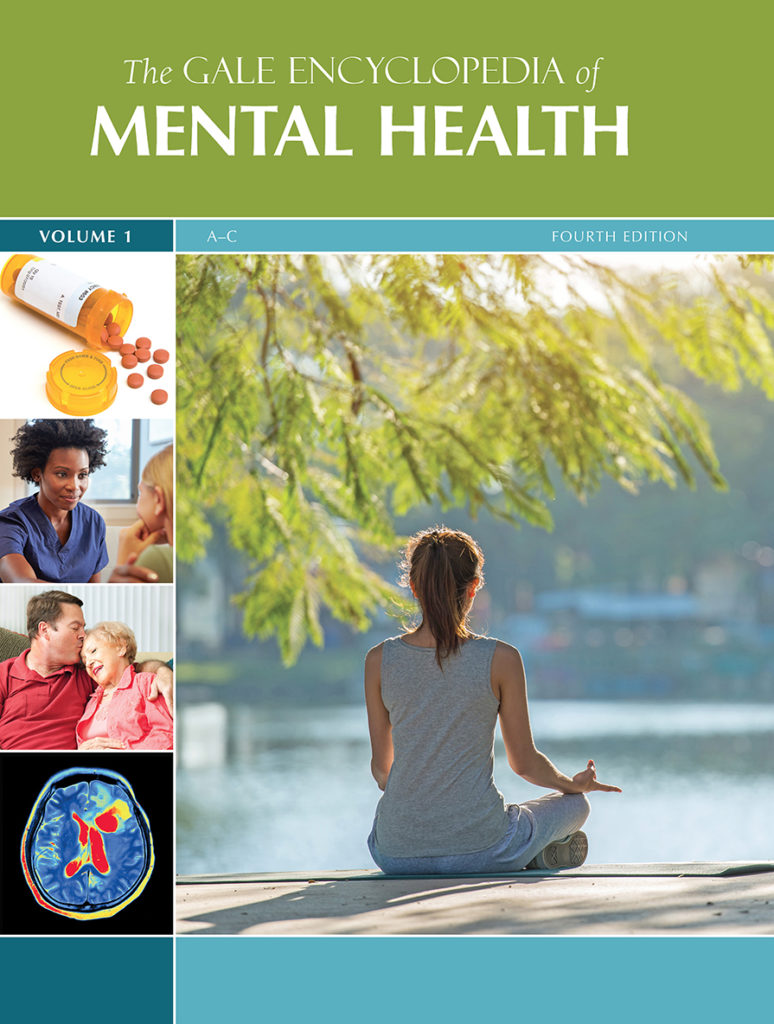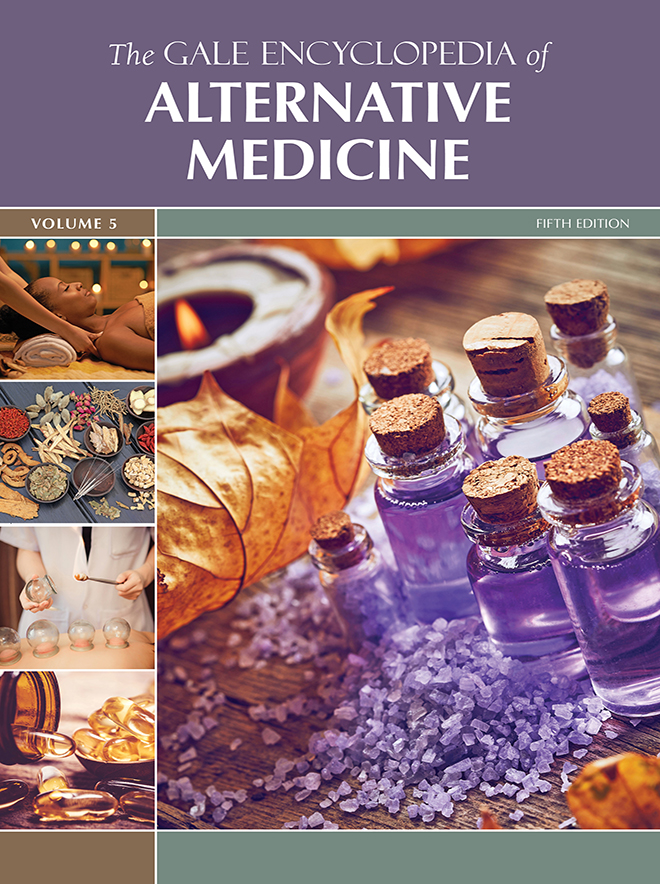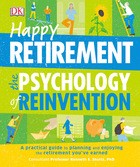| By Andrea Drouillard |
Sleep eluded me for weeks at the start of the pandemic. I needed to find tools to help me clear my mind and rest. Over the past couple of months, I’ve developed a little toolkit of things that have been helpful for me. I experimented with a variety of different apps and eventually discovered sleep stories. The one I love most is Get Sleepy: Sleep Meditation and Stories. It’s a combination of two things that I really enjoy: meditation and travel stories. I also wanted to find some tools to help me transition between work and bedtime. We recently started offering Gale Presents: Udemy, and I was eager to explore and familiarize myself with some of the options that are available for personal development. I was happy to discover a mindfulness and meditation course by Jack Kornfield,1 a Buddhist meditation teacher and ordained Buddhist monk who holds a doctorate in psychology from Dartmouth. I eased into the course because he reminded me of a cross between my first boss and my pastor. I appreciated the format of the course because it gave me the ability to rewind and listen to different sections as often as I wanted or needed to. I also liked that I could access the course on a smart TV or other internet streaming devices and learn from the comfort of my couch in my pajamas.
Next, I came across an online course for art therapy to reduce anxiety. I was familiar with the benefits of art therapy as it relates to children and trauma; in fact, I participated in art therapy with my daughter when she was hospitalized for thyroid cancer and after the loss of a grandparent. It’s a beneficial way to “find relief from overwhelming emotions or trauma.”2 I was impressed to learn that the instructor was a board-certified art therapist with more than 25 years’ experience. Her specialties include addictions, LGBTQ, parenting, gender identity, depression, anxiety, and grief. The course doesn’t require a lot of expensive materials—if you have markers, a watercolor palette, white paper, and a permanent black marker, you’re good to go. There were several activities in the course, including learning about the connection between painting in a certain way and slowing down brain waves to get into a meditative state, creating “Zentangles” (patterns drawn on small pieces of paper you can assemble into mosaics), and exploring the lifeline of panic or fear through art. We also explored gratitude versus complacency. All in, I loved the course. I found myself looking forward to it and was sad when my progress meter showed I was nearing completion. The final lesson was about gratitude and was the perfect way to end the course. Gratitude is a positive way to stay grounded and centered. Focusing on gratitude and remembering our blessings can help us to worry less during times like this.3 In the end, I found a few new tools to add to my pandemic toolkit and got a certificate of completion.
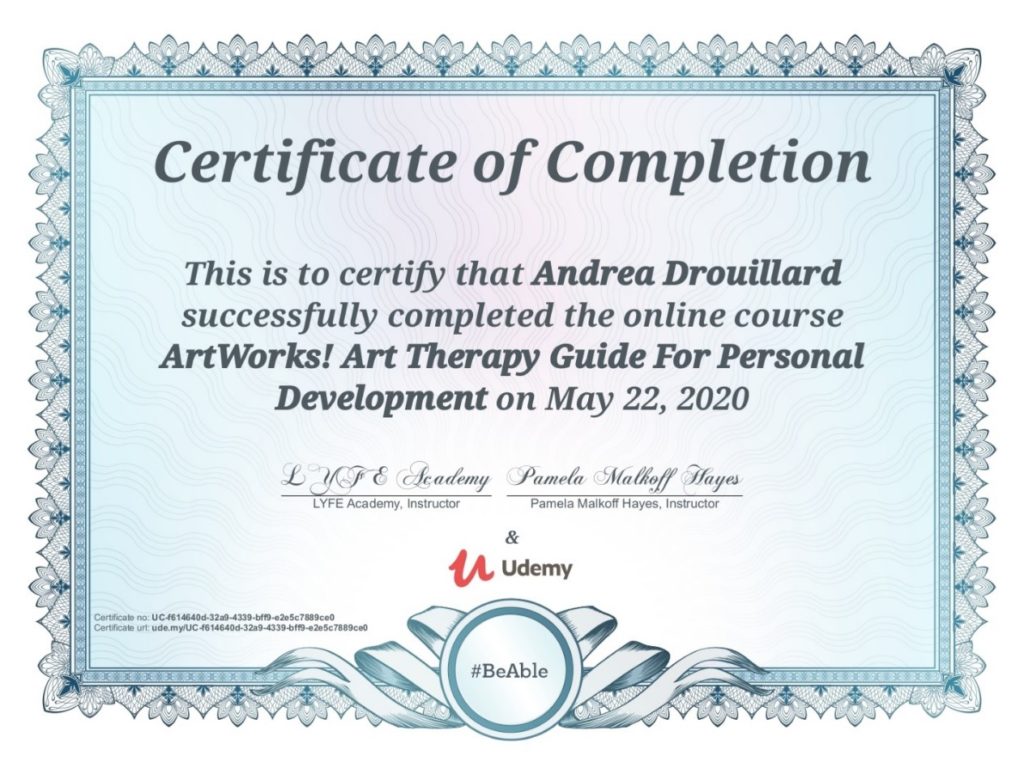
For more information about the benefits of meditation, mindfulness, art therapy, and gratitude, check out these titles on Gale eBooks:
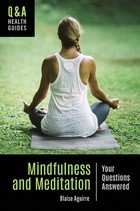

1. “Jack Kornfield.” In Gale Literature: Contemporary Authors. Farmington Hills, MI: Gale, 2002. Gale In Context: Biography.
2. “Art Therapies.” In Complementary and Alternative Medicine Information for Teens: Health Tips About Diverse Medical and Wellness Systems, 3rd ed., 261‒265. Teen Health Series. Detroit, MI: Omnigraphics, 2018. Gale eBooks.
3. Dan Tricarico, “Gratitude.” In The Zen Teacher: Creating Focus, Simplicity, and Tranquility in the Classroom, 41‒45. San Diego, CA: Dave Burgess Consulting, 2015. Gale eBooks.

Andrea Drouillard is a sales director for K‒12 and public library markets at Gale. She’s a mom, music lover, lipstick hoarder, gardener, and street art enthusiast who is always happiest by the water.
Follow @AndreaD_EdTech


